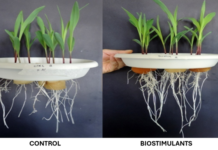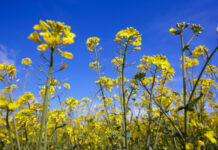The government of Namibia has received US $538,000 from the French Development Agency (AFD) to support groundwater management in the country.
The Namibian Ministry of Environment, Forestry and Tourism crevealed the report and said that the move is in response to drought that has struck the country caused by below-average rainfall. This is having a significant impact on water supplies.
The groundwater management capacity building and planning initiative project is being co-financed by the French Development Agency (AFD) with a grant of US $538,000, as well as US $60,000 support from France’s Bureau de recherches géologiques et minières (BRGM). The two institutions signed agreements with the Namibian Ministry of Agriculture, Water and Land Reform and the Ministry of Environment, Forestry and Tourism.
“With the support and capacity development in these areas, we will be able to combat the drought and take a more proactive approach to securing water resources in areas where they will be most needed,” said Percy W Misika, Executive Director of the Namibian Ministry of Agriculture, Water and Land Reform.
Water scarce
Water management is a constant challenge in Namibia, as many rivers are shared with neighbouring countries, making surface water scarce. Currently, eight of Namibia’s 14 regions are affected by drought, particularly in the centre and north of the country.
Namibians are increasingly turning to groundwater resources for their water supply, which are themselves limited due to low recharge rates and periodic ephemeral flooding, according to AFD. Hence the urgent need for a better distribution of these freshwater reserves which are stored in the groundwater table.
The country is also focusing on unconventional water resources. A new seawater desalination plant will soon be built in western Namibia to provide drinking water to people in some coastal communities. The country already operates a desalination plant north of Swakopmund, which provides 12 million m3 of drinking water per year. Seawater desalination supports another equally effective alternative solution in Namibia.









